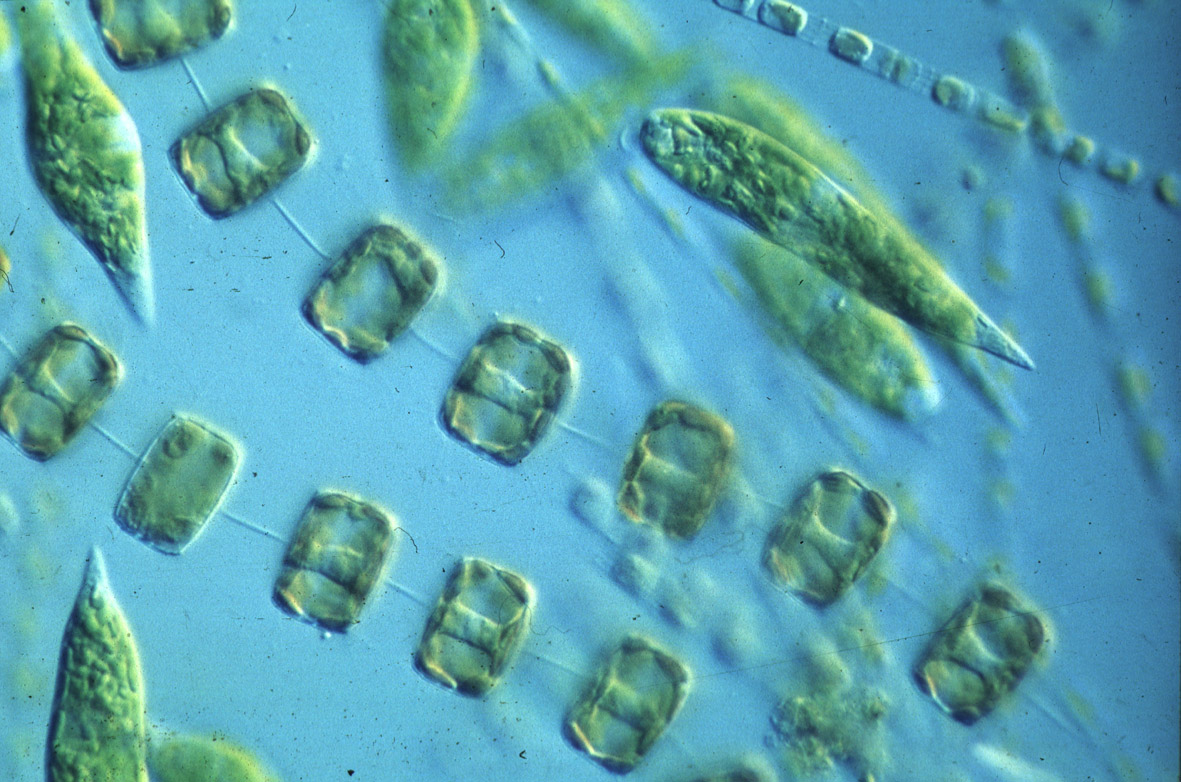The Swedish Museum of Natural History is hiring a researcher for a position as Senior Curator at the Department of Zoology
The Department of Zoology was formed in spring 2013 after merging of the former departments of entomology, invertebrate zoology, and vertebrate zoology. At the department we curate large research collections of non-fossil animals which are continuously expanded and used by researchers at the museum as well as international researchers.
Research at the Department of Zoology is focused on phylogenetics, evolution, biodiversity, morphology, taxonomy and biogeography in a range of animal groups.
We seek an excellent researcher with an independent research program in systematic zoology to strengthen research and collections at the Department, and contribute to outreach and higher education activities. The research must be collection-based, or otherwise beneficial for collection enrichment and enhancement.
Tasks
- Conducting research at a high international level in systematic zoology; acquiring external research funding; publishing in high ranked international journals; presenting results of research at national and international conferences.
- Participating in enrichment and revising of the scientific collections. The position includes curatorial responsibilities for part of the collections.
- Supervising students at MSc and PhD level.
- Teaching at graduate (including doctoral) and undergraduate levels.
- Conveying scientific results to the public.
- Participating in other activities at the department and the museum.
Qualifications
A doctoral degree (PhD) in biology with a specialty in systematic zoology. Well-documented scientific outcome with papers in international journals. A proven record of external funding is highly desirable. Experience of teaching and supervision, as well as building and managing a research group, is qualifying. Experience from museum-based collection management and fieldwork is qualifying. Preference may be given to a qualified candidate specialized in an organism group in which we are currently lacking taxonomic expertise.
Proficiency in English, social skills, and excellent ability to cooperate are requirements.
The application (in English) should consist of one PDF with the following items
- Cover letter explaining your interest in the position.
- Curriculum vitae, including all past and present academic career steps and employments.
- Publication list including all published scientific papers
- The five most important papers.
- Description of experience in research and collection management.
- Research plan within the announced position.
- Name, affiliation and e-mail address of two references.
- Other qualifications or information the applicant finds relevant for the present position.
Terms of employment
The position is a full time permanent appointment with a six month probationary period.
The Swedish Museum of Natural History can promote an employee to professor.
Non-Swedish speaking employees are expected to learn Swedish.
The Swedish museum of Natural History strives for gender balance and ethic and cultural diversity among its staff.
For more information (no applications), please contact Kjell Arne Johanson Head of the Department of Zoology (kjell.arne.johanson@nrm.se).
Union representative is Emily Dock Åkerman, SACO-S. She can be reached at telephone number + 46 8 519 540 00.
The complete application must be submitted to rekrytering@nrm.se or the Swedish Museum of Natural History, P. O. Box 50007, SE-104 05 Stockholm, Sweden, no later than June 9, 2017. Mark your application dnr 2.3.1-270-2017.



